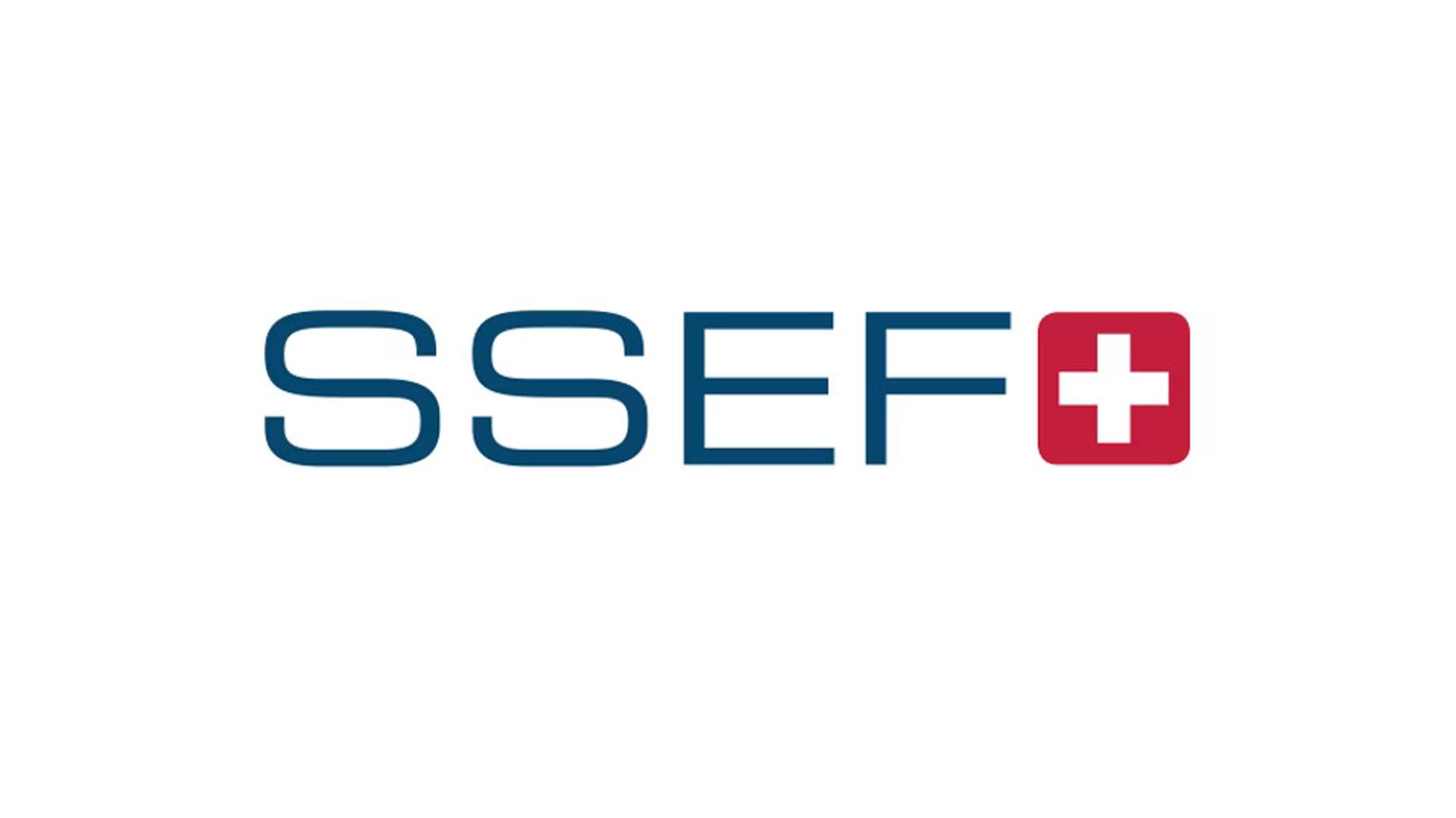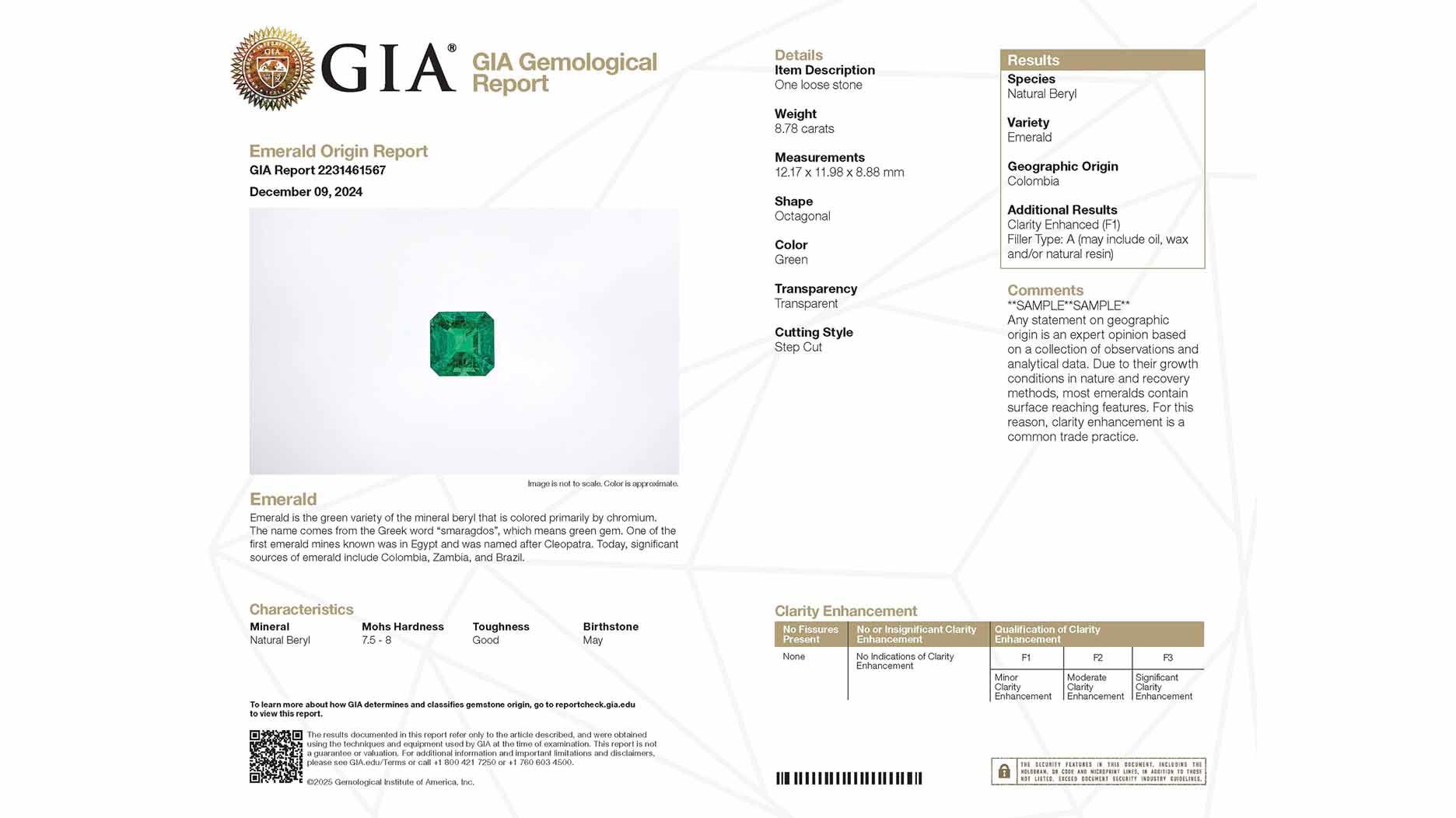Articles about crime, engagement rings, and a necklace worn in the World Series generated the most interest among readers.
GIA Will Start Using Artificial Intelligence for Diamond Clarity Grading
The system is currently being tested in New York and Carlsbad, with an industry-wide rollout expected next year.

New York—The Gemological Institute of America is boldly going where it has never gone before—into the realm of automated clarity grading for diamonds.
GIA announced last week that it is partnering with IBM to develop an artificial intelligence system for diamond clarity grading.
The lab is currently testing the system internally at its New York and Carlsbad, California facilities on stones that are 4 carats and under, with plans to expand it and start sending out stones that were clarity-graded using AI in 2021.
Pritesh Patel, GIA’s senior vice president and chief operating officer, said AI clarity grading works by feeding data sets—GIA has thousands of stones in its reference collection that are used as standards for the 4Cs—into the program, which then is used to train algorithms on how to grade diamonds for clarity.
It, essentially, learns how to look for certain types of inclusions, feathers, crystals, needles, etc., and what clarity grade those inclusions, or combinations of inclusions, equate to in a diamond.
Once the training is complete, the AI program will continue to follow that training, and GIA can feed it more data over a period of time so the system’s intelligence will continue to grow.
GIA Executive Vice President and Chief Laboratory and Research Officer Tom Moses said at this point, the AI clarity grading is still in the development stage, so the lab has its human graders checking its work.
In the future, though, the system will function on its own most of the time, with a goal of making grading faster, accurate and consistent, and expanding the technology to more diamond shapes, sizes and qualities.
“Ultimately, we believe in the vast majority of cases [human involvement] will not be necessary,” Moses said, though he notes there still will be “a set of eyes” on larger, more important diamonds.
Automated grading is not new for GIA.
Moses said it’s been part of GIA since the beginning, as lab founder Robert Shipley Sr.’s son, Robert Jr., helped the lab develop an instrument to support visual color grading in the 1940s.
Clarity grading, in fact, is the final one of the four Cs for which GIA is introducing an automated process; in an interview with JCKonline.com, Moses described it as “the last frontier” of automated diamond grading because of its complexities.
While grading clean stones, like VVS or VS diamonds, is fairly simple, clarity grading gets more complicated
The system has to be able to identify multiple different inclusions and determine how much of an impact they have on the diamond’s grade.
He said so far, GIA is testing AI clarity grading on natural diamonds only but likely will use it for lab-grown diamonds as well.
As with any technology designed to do a job once performed by a human being, AI clarity grading brings with it the question of job cuts.
Moses said while the lab did have to lay off “some staff” due to COVID-19—GIA declined to release specific figures—overall, it’s not looking to use AI to reduce the number of trained people it has.
Instead, GIA wants to handle and process more diamonds, he said, and use technology to free up human capital to work on projects that are more intricate and involved, like treatment identification and lab-grown diamond research.
“How can we use some of this talent that’s unique to GIA to be more creative, to add more value?” Moses said. “What can we do to help increase consumer confidence?”
Patel called the lab’s trained staff a “critical part of the assets GIA has,” and said staff worldwide see the AI clarity grading system as a valuable tool.
He also noted the lab could start using IBM’s AI technology for future projects, including the connecting of physical assets to digital information.
“Innovation is going to continue to happen, and it’s going to accelerate at a much faster pace,” Patel said. “GIA is going to play a significant role in that innovation, in the grading space and around it.”
The Latest

As part of the leadership transition, Sherry Smith will take on the role of vice president of coaching strategy and development.

It marks the third time the country has headed the Kimberley Process. Ghana will serve as vice chair.

How Jewelers of America’s 20 Under 40 are leading to ensure a brighter future for the jewelry industry.

The new Bulova x Stetson designs highlight two animals often associated with the American West—the bison and the Texas Longhorn.


Its residency at Yamron Jewelers will run through May 2026.

From influential executives to innovative designers, we pay tribute to the people we said goodbye to this year.

Roseco’s 704-page catalog showcases new lab-grown diamonds, findings, tools & more—available in print or interactive digital editions.

The retailer is expanding into areas with large Indian and South Asian populations.

The Italian brand has opened its first flagship amid the peaks of the Dolomites in Madonna di Campiglio, Italy.

The new curation at the Natural History Museum of Los Angeles County showcases rare gem and mineral specimens in their uncut, natural state.

The couple pleaded guilty to concealing at least $127 million in cash transactions at its precious metals businesses.

Consumers shared concerns about prices, inflation, tariffs, trade, and politics in the survey’s write-in response section.

In February 2026, the auction house will move its headquarters to the former Steinway Hall, a neoclassical landmark on Billionaires’ Row.

The new show will take place Jan. 23-25, 2026.

The former BHP Billiton leader and Gemfields chairman is remembered for his influential leadership throughout his 50-year mining career.

The LVMH-owned brand has partnered with the costume design union to revamp its award for 2026.

The luxury titan inked a deal to acquire an initial minority stake in the jewelry manufacturer with a pathway to full ownership by 2032.

The company’s curation of unsigned vintage and estate jewelry debuted at the Bloomingdale’s in Costa Mesa, California.

In the recent multi-shipment seizure, CBP also found counterfeit Audemars Piguet, Moncler, and Chrome Hearts items.

Helzberg’s Chief Retail Officer Mitch Maggart shared details about its tests of a new store concept rooted in an elevated luxury experience.

Jewelers of America execs and National Jeweler editors discuss tariffs, the sky-high gold price, and the engagement that broke the internet.

The luxury goods company said founder Ippolita Rostagno will remain at the brand’s helm.

Laura Burdese, who joined the Italian luxury brand in 2022, will take on the role in July.

The National Jeweler editors revisit the most noteworthy industry happenings and design trends from 2025.

Need a gift for the cat lover who has everything? Look no further than our latest Piece of the Week.

It purchased the “Grosse Pièce,” an ultra-complicated Audemars Piguet pocket watch from the ‘20s, for a record-breaking price at Sotheby’s.



























